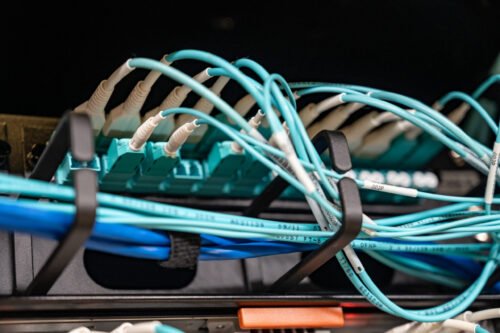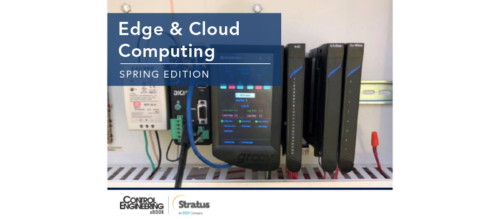Can smart instruments help predictive maintenance?
Control Engineering senior editor Charlie Masi recent tackled this question in his blog, “Ask Charlie.” Masi says: “This question combines the unrelated concepts of smart instruments and predictive maintenance. The smart instruments (sometimes also called “smart sensors”) concept is a hardware-architecture strategy.
Control Engineering senior editor Charlie Masi recent tackled this question in his blog, “Ask Charlie.” Masi says: “This question combines the unrelated concepts of smart instruments and predictive maintenance. The smart instruments (sometimes also called “smart sensors”) concept is a hardware-architecture strategy. Predictive maintenance, on the other hand, is a system-level concept.
Smart instruments have been around for a decade or more and fall under the general heading of “embedded systems,” which includes any device containing a microcomputer, but no fully developed user interface. Smart instruments include one or more sensors to make physical measurements, a microprocessor to partially analyze sensor data, onboard memory to hold parameters and intermediate results, and I/O capabilities to report results to the next level of automation. Components for such devices are packaged together and mounted as close as possible to the point of measurement.
Predictive maintenance strategies monitor selected variables that engineers believe have maintenance-predictive power. Automatically monitoring such variables makes it possible for the system to tailor the maintenance program to the machinery’s actual needs.
As an example of these technologies and strategies working together, consider the physical phenomena associated with impending requirements for bearing lubrication, i.e., temperature rise and increased bearing noise (vibration). A smart instrument monitoring bearing temperature and noise can tailor the maintenance program to the particular bearing. It can automatically report a pattern of increasing operating temperature coupled with increased bearing noise appears. Maintenance personnel can then use this information to predict when lack of lubrication will begin damaging the bearing, and schedule a technician to apply lubricant just ahead of the danger point. However, because maintenance operations still occur infrequently, more lubricant than necessary is typically added at each maintenance, leading to some waste.
Engineers at SKF have developed a system that provides automatic bearing lubrication based on predictive maintenance principles. In SKF’s automated system, maintenance personnel do not schedule the lubrication visit, but the condition-monitoring computer automatically controls a microvolume pump to add oil in small quantities until the temperature and noise begin to trend down. When these parameters drop within specifications, the pump stops adding lubricant. This strategy applies just the needed lubrication when it’s needed, independent of the bearing’s peculiarities. By adding lubricant frequently in small quantities, it is possible to keep the lubricant level very close to optimum. This reduces waste to a minimum by virtually eliminating overlubrication, and eliminates downtime for lubrication entirely.
To read more about this application and topic, visit the Ask Charlie blog on www.controleng.com .
Do you have experience and expertise with the topics mentioned in this content? You should consider contributing to our CFE Media editorial team and getting the recognition you and your company deserve. Click here to start this process.





